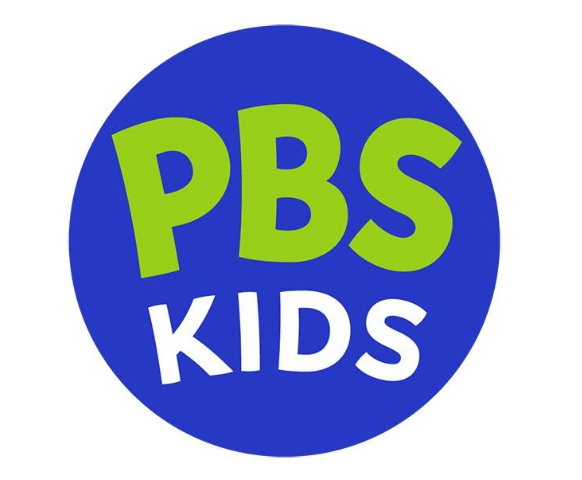Twitter has spawned a powerful social information and communication medium. This has impacted how news is gathered, how organizations get the word out and how buzz is created. And with Twitter’s explosive growth brands are jumping into the game—thousands, actually, according to twibs.com (a business directory that aims to be the Yellow Pages of Twitter).
So just how does a brand use Twitter to further its aims? A few recent anecdotes can help demonstrate how companies need to think about Twitter and its impact on their brands.
Pushing the Brands
Brands ranging from ESPN to Starbucks to Dell are supporting active accounts boasting tens of thousands of followers. Whole Foods has over 300,000 followers, enabling them to communicate instantly with their most avid customers, essentially providing an open discussion forum around the Whole Foods lifestyle, with recipes, promotions, tips, etc.
Google had tens of thousands of followers within a day of establishing a Twitter page. Just one month later, they’ve got a quarter of a million. Skittles temporarily turned their homepage into a Twitter search result, which published every single Twitter mention of the word “skittles.” While this last effort sparked plenty of buzz, the result was an onslaught of Skittles tweets – some positive, some negative, some banal, some vulgar – that all lived, for at least a few moments, on the Skittles homepage. While the goal was certainly buzz, the effect remains unclear.
The Game-Changer
Companies are using Twitter to reach customers directly. Salesforce.com built a Twitter-response tool into its customer-relations product. Taking that idea a step further, Southwest Airlines recently used Twitter to surgically poach a traveler from a competitor by listening to the tweets of a disgruntled JetBlue traveler and offering to lend a hand with a convenient flight. They did not manage to grab the fare in this case, but they garnered buzz and demonstrated their brand values and social media savvy.
The “Cocktail Party” Rule
The infamous cautionary tale referred of “Cisco Fatty” saw a new Cisco hire terminated before he showed up for work because of his tweet about the new “fat paycheck” he’d be getting even though he was less than enthusiastic about the job. Cisco’s response? “Who is the hiring manager? I’m sure they would love to know that you will hate the work.”
There’s no such thing as anonymity today. People and brands must conduct themselves in the online social world with the expectation that their words will live indefinitely. Think of it as mixed company at a cocktail party—you never know who’s listening and who knows whom. So behave yourself.
The Bottom Line
Brands that don’t have a plan for Twitter need one fast. At the very least, monitor the stream. For many, for now, that is probably enough, as listening can help avoid surprises while staying attuned to trends.
The next step, opening an account, takes just minutes. But, you need to think this through. The resource issue is probably minimal, at first. The bigger questions are how? And why?
- Will it be an overtly corporate-sponsored initiative with corporate-branded resources or with objectively positioned brand ambassadors? There are pros and cons.
- Should you establish personalities and personae with your participation or use your account functionally to distribute deals or tips related to your products? Too much self-promotion can be bad, but everybody loves a deal.
- Do you look to actively engage prospects or do you simply hang out your shingle to let folks know you are available? Depends on what you’re looking to accomplish.
As with any brand-building investment, begin by setting goals for your effort. Those can range from simply listening to the dialog to supporting a particular promotion to guiding customers. Brainstorm the possibilities, narrow your focus, and determine the right way to approach it from a resource standpoint. Also put some metrics and gates on your process so that you can evaluate and course-correct. Each business will approach Twitter differently – and the fluid nature of the medium can afford you time to change course.
Lastly, we’re brand people who believe in certain principles about how brands are best managed and whether it’s Twitter or other social media, the basic rules of branding apply:
- Be true to who you are
- Stay relevant to your brand
- Be transparent in how you communicate
- Respect your customers
- Don’t make a promise you can’t keep
Bill Westcott (bwestcott@corebrand.com) is managing director and Jonathan Paisner (jpaisner@corebrand.com) is brand director of CoreBrand, NYC.



